The SM58 has become a modern icon of microphone design, often imitated but never replicated. How did Shure make such a great vocal microphone, and what led to its creation?
To celebrate SM58 Day, let’s take a look at its history. From the inception of Shure itself and some of their historic inventions to the design of the SM58 and its enduring legacy.
The History of Shure
Founded in Chicago in 1925 by Sidney N. Shure, the Shure Radio Company started as a one-man business selling AM radio kits and components. It was one of only six companies to offer parts catalogues at the time, and this helped launch Shure to the forefront of the market.
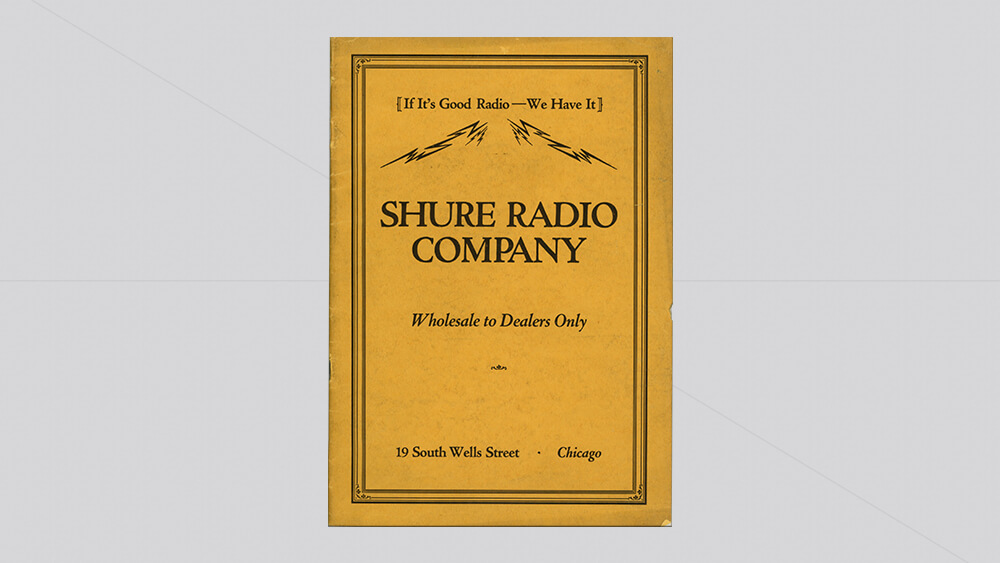
Once the Great Depression hit America in 1929, however, factory-built radios became accessible, and the company had to reconsider their business model. Shure began distributing microphones for Ellis Electrical Laboratories instead, selling these existing products across the US and broadening their knowledge.
Just a few years later, Shure began developing their own microphone. Released in 1932, the Model 33N quickly became popular due to its lighter build and more affordable price compared to the alternatives. This made Shure one of the few American microphone manufacturers of the time.
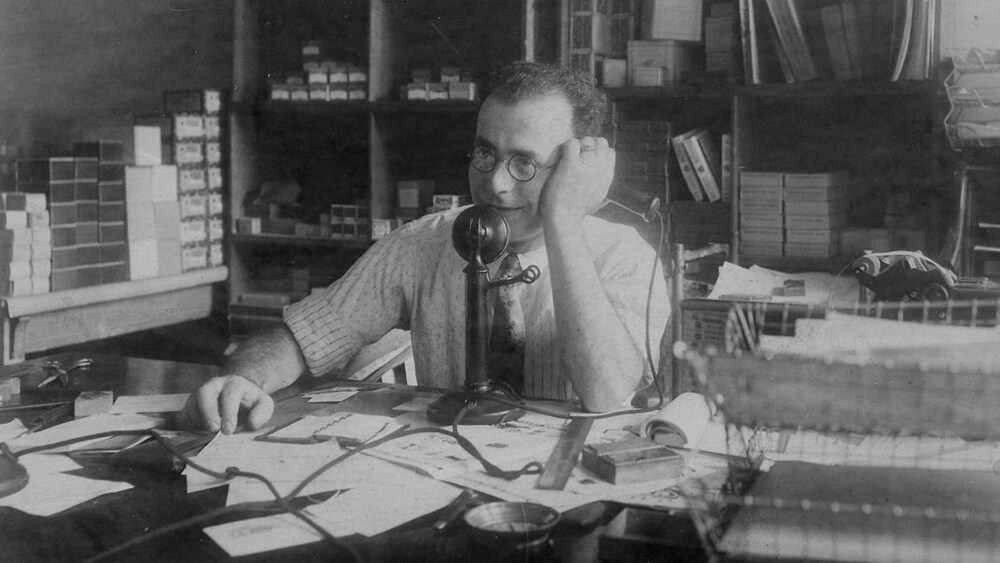
The Unidyne Capsule
In 1936, Shure designed and patented a support and suspension system for microphones, an early design of what we now know as shock mounts. Then, in 1939, Shure developed and released the Model 55 Unidyne, a single-element dynamic microphone, the most recognized microphone in the world and still on the market to this day.
The Unidyne I capsule design has become one of the most important inventions in the history of recording, and its invention by engineer Benjamin B. Bauer has earned Shure an IEEE Milestone Award.
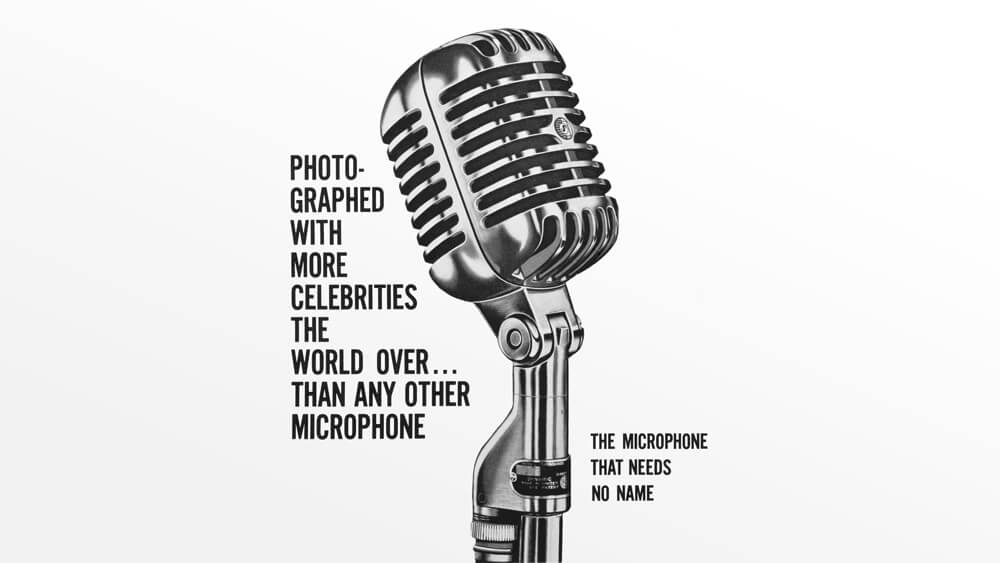
Other Innovations
Throughout the 1940s, Shure began developing microphones and headphones to support the efforts of the Allied Forces throughout World War II, adopting strict military standards to ensure the microphones could hold up. This approach to design and quality has remained part of Shure’s philosophy ever since, and it’s why their microphones tend to be so durable.
In 1949, Shure released another unique and enduring microphone, the Green Bullet. Originally designed for speech, the Green Bullet helped Shure to define their desired sound… but it also had an unintended side-effect. The mic created a saturated sound that allowed harmonicas to cut through the mix, over amplified electric guitars.
When Shure announced the discontinuation of the Green Bullet after sales had slowed significantly, they were overwhelmed with requests from blues musicians to keep it on the market. This made Shure reconsider and, ultimately, keep the Green Bullet in production for blues musicians around the world.
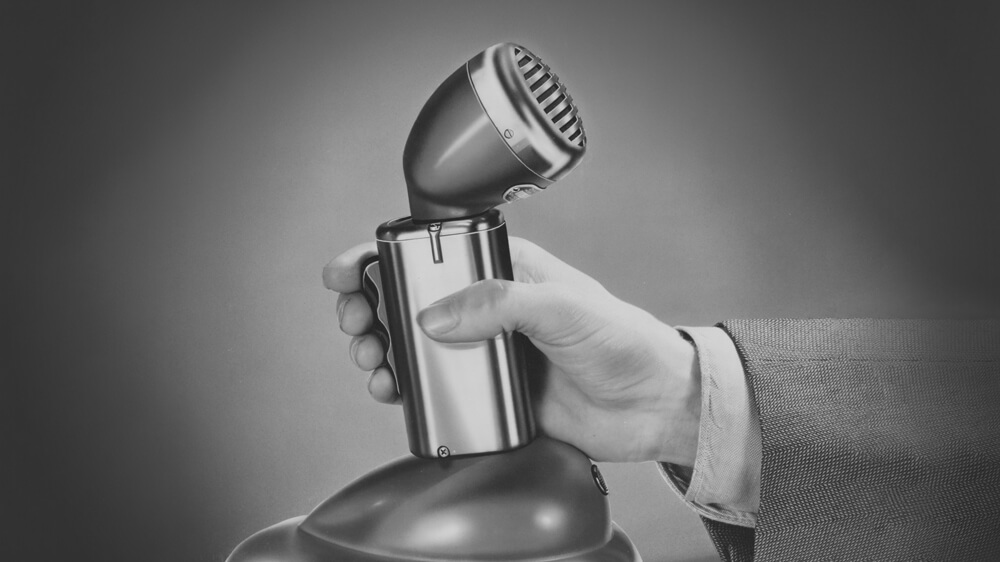
Shure continued to innovate over the 1950s, releasing their first handheld wireless microphone system called the Vagabond 88. This technology didn’t catch on, due to its steep price point, but it could be seen in several venues in Las Vegas.
Perhaps the most important development for Shure came at the end of the 1950s. The Model 545 Unidyne III was released in 1959, utilising end-firing instead of side-address construction.

The Unidyne III Capsule
The benefit of the end-firing design from the Unidyne III was a more uniform polar pattern, which allowed the gain on the microphone to be turned higher before any feedback crept in. This became key as it could handle larger sound systems and concert venues, paving the way for live sound to better translate to open-air formats such as music festivals, as well as bigger spaces like arenas.
Without the Unidyne III, it’s arguable that live music wouldn’t be where it is today. One of the biggest live events of the time, Woodstock Festival, used the Model 565 as its sole PA microphone because of the benefits delivered by its fresh design. This innovation would inform a lot of Shure’s future designs, especially the SM57 and SM58.
The release of the SM58
By the mid-1960s, Shure compiled their design knowledge from all of their previous innovations and created two microphones that remain commonplace in professional audio. The SM57 and SM58 were released within a year of each other, the SM57 in 1965 and the SM58 in 1966.
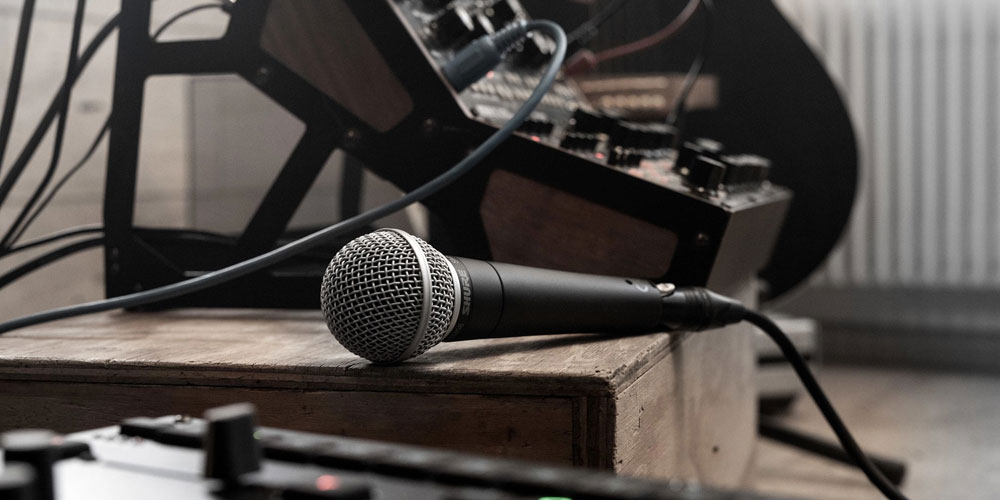
The end of the road?
This dual release would go on to cement Shure’s company legacy eventually, but initial sales figures were extremely low. In 1966, sales for the SM58 were 145 units worldwide. These low figures continued until 1970 when Shure considered discontinuing the range.
In response to the low sales, a sales engineer at Shure requested that he be allowed to take these microphones to various live music venues around Las Vegas. Even though Shure had mainly been targeting recording studios with this range, they agreed. From here, engineers and venue owners began to see the value of these new Shure microphones.
Without this outreach, the story of the SM56, SM57, and SM58 may have ended for good in 1970.
The construction and design of the SM58
So, we’ve covered the basics of this legendary microphone’s history, but why exactly was it designed this way? Let’s look inside to determine what makes this legend tick.
The rounded ball grille of the SM58 is designed to crumple on impact – much like the design of the front of a car – which makes the microphone durable when dropped, hit, or even thrown. This is a big part of the SM58’s legendary day-to-day reliability.
The grille is paired with foam and a resonator cap, and this comprises a lot of the SM58’s built-in pop filtering. Then, the transducer capsule sits underneath this foam and resonator cap. The capsule’s design provides a consistent cardioid polar pattern that allows more gain to be used before audible feedback occurs.
Underneath the microphone’s capsule sits a pneumatic shock mount which reduces audible stage vibration and handling noise to a minimum. All of this combined makes the vocal microphone we know and love.

What makes the SM58 special?
As we mentioned earlier, the main benefit of the SM58 was the end-firing dynamic design. This made its cardioid polar pattern more consistent than the competition, and allowed engineers, especially in live settings, to apply more gain without creating feedback.
The end-firing dynamic design enabled larger PA systems to be used for live events, meaning a lot of live sound technology had to catch up. This is why the SM58 is still seen as a live microphone first and foremost.
Designed by Shure engineer Ernie Seeler, the SM58 contains a slight variation on the Unidyne III cartridge released in 1959. When first testing the completed cartridge, Seeler dropped, cooked, froze, and submerged it in water to ensure it would still work under any circumstances.
Stories of SM58s surviving large drops, being run over by cars, large spillages, and intense performances are extremely common. No matter what you throw at it, the SM58 seems determined to keep working regardless. Seeler’s meticulous design coupled with Shure’s military-grade construction standards has made the SM58 one of the most, if not the most, robust microphones ever made.
The true unique factor of the SM58 is its sound signature, which has made it incredibly well-suited for vocalists who need to cut through a dense mix of loud instruments. Specifically, the SM58’s frequency response has a unique presence boost at 5 kHz and a gentle, broad boost in the midrange that adds body to vocal performances.
Because of its reliability, ability to handle huge sound pressures without distortion, and flexibility to crank the gain beyond what any other microphone could handle, the SM58 has found its home in live rock music ever since its release.
Bands like The Rolling Stones were early adopters of this microphone. But to this day, industry icons like Henry Rollins, Patti Smith, and Paul McCartney all continue to use and publicly endorse the SM58, which has helped to maintain its legendary status.
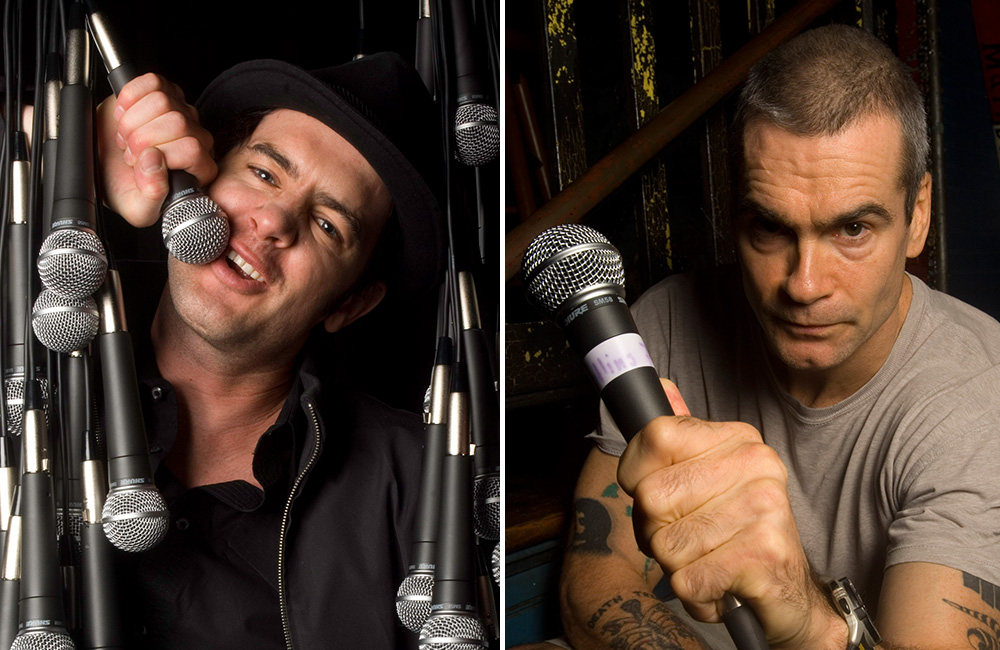
What separates the SM57 from the SM58?
These beloved microphones are frequently used in very different contexts, but their origins are extremely similar, and they both house the same cartridge. So what’s the difference? And why is one seen as appropriate for instruments and the other for vocals?
Primarily, the grille makes the difference between them. The iconic ball grille seen on the SM58 has a built-in pop filter that helps reduce plosives and proximity effect, meaning vocalists can put it extremely close to their mouths without causing unwanted low-end build-up.
The SM57, however, doesn’t have these features. When used for instrument recordings, especially with things like guitar or bass cabs, the proximity effect can really help shape your sound, and since plosives aren’t an issue with instruments, the SM57 doesn’t have a built-in pop filter.
Furthermore, the SM57’s signature sound comes from a presence boost at 5 kHz, while the SM58 has a more gradual and smooth response around this range.
Although both microphones can be used for either purpose, they do have some distinct differences that sculpt their sounds and make each one better suited to their intended use. Just remember: microphone rules are made to be broken! An SM57 can be used on vocals, and an SM58 can be used on drums, just as readily as the other way around.
The legacy of the SM58
It’s hard to deny the impact of the SM58. It pushed forward the power and size of PA systems towards what exists today, paving the way for larger venues and open-air events. Undeniably, the SM58 has helped to define the modern-day live sound. This microphone is an enduring and defining achievement, not only for the brand but for audio technology as a whole.
So, let’s leave this journey with some interesting trivia about the microphone…
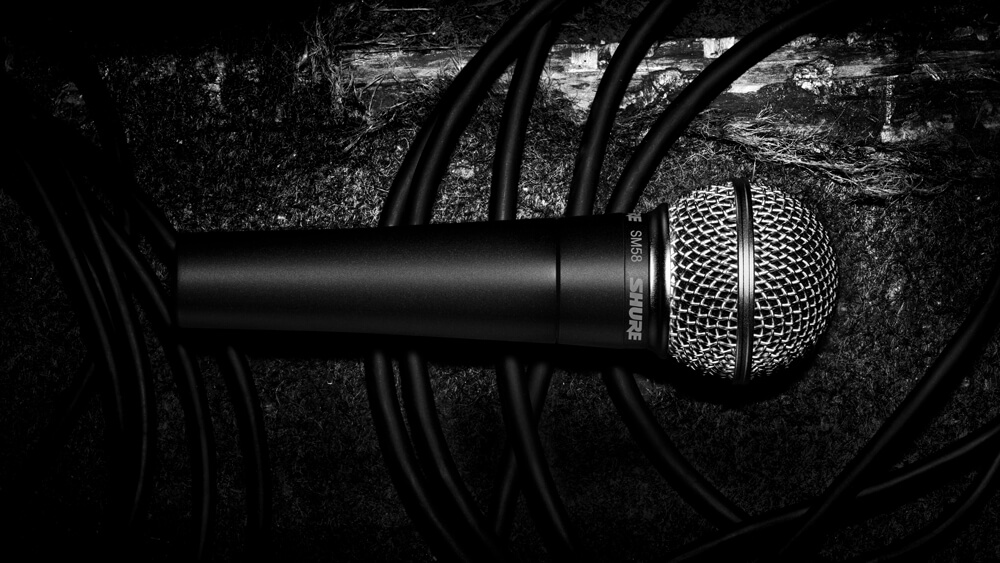
SM58 Trivia
- Roger Daltrey of The Who was one of the early adopters of the SM58, purchasing one in the late 1960s. This microphone is what made Daltrey capable of his famed spinning microphone trick, as it was the only one that could still work if he dropped it.
- Despite developing the main microphone for rock music, design engineer Ernie Seeler was never really a fan of the genre. He was extremely surprised by its adoption in live rock performances, and stated, “I love classical music, but rock and roll, I don’t take very seriously”.
- Famed producer of Johnny Cash, Tool, and Red Hot Chili Peppers, Sylvia Massy has said, “after Armageddon, nothing will be left but cockroaches and SM58s”. It’s hard to disagree.
- An SM58 was found submerged underwater for weeks after a hurricane – and it still worked!
- Henry Rollins would ‘customise’ his SM58s by intentionally crushing his thumbprints into their grille. He still uses one for his spoken word performances.
- The SM58 is one of the few microphones in the world to go to space, having been used onboard the International Space Station for interviews and educational talks.
- Frank Sinatra was a huge fan of the SM58. When a sales engineer tried to show him the SM59 in 1977, Sinatra sang a few words into it, threw it across the room, and asked for his SM58 back. He then said to his live engineer, “tell that kid from Shure not to come back”.
- Rick Rubin ran a blind microphone listening test in a session with The Smashing Pumpkins, testing $35,000 worth of microphones on Billy Corgan’s voice. Included in this test were microphones from Telefunken, Neumann, AKG, Sennheiser, and Oktava, as well as an SM57 and an SM58. The SM58 won the competition.
- Rockstar and former Gallows frontman Frank Carter loves the SM58 so much that he got a tattoo of its distinctive design on his leg.
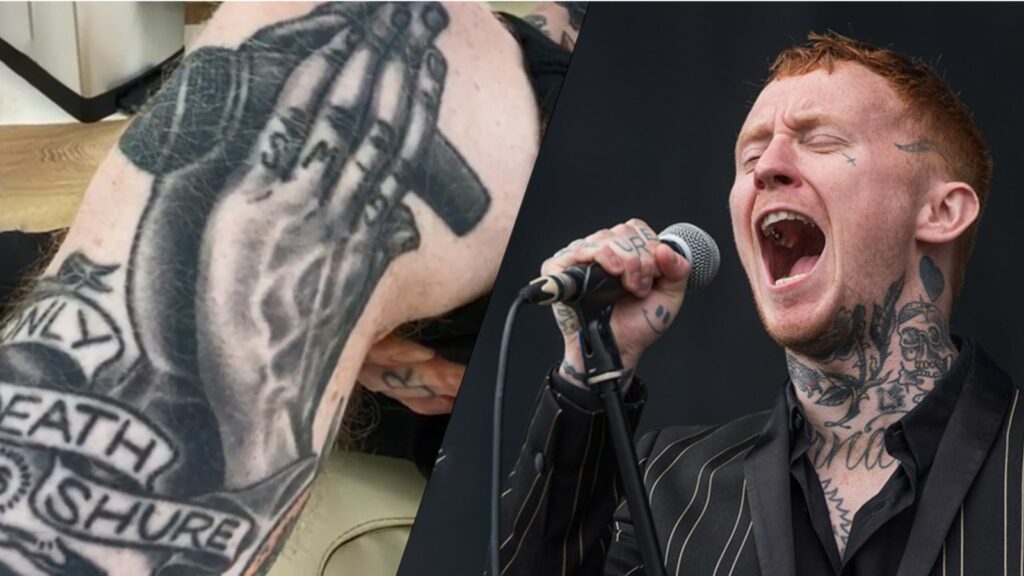
Find out more | Inside the SM58
Shop now | Shure SM58













0 Comments